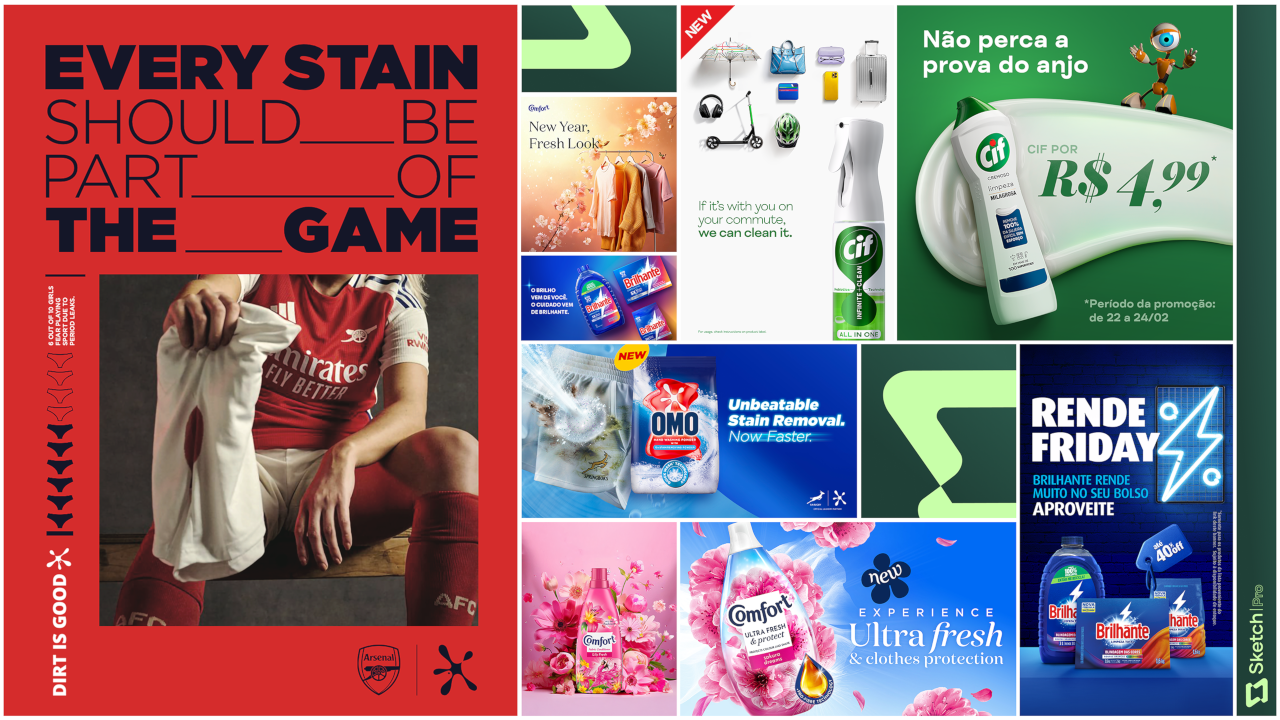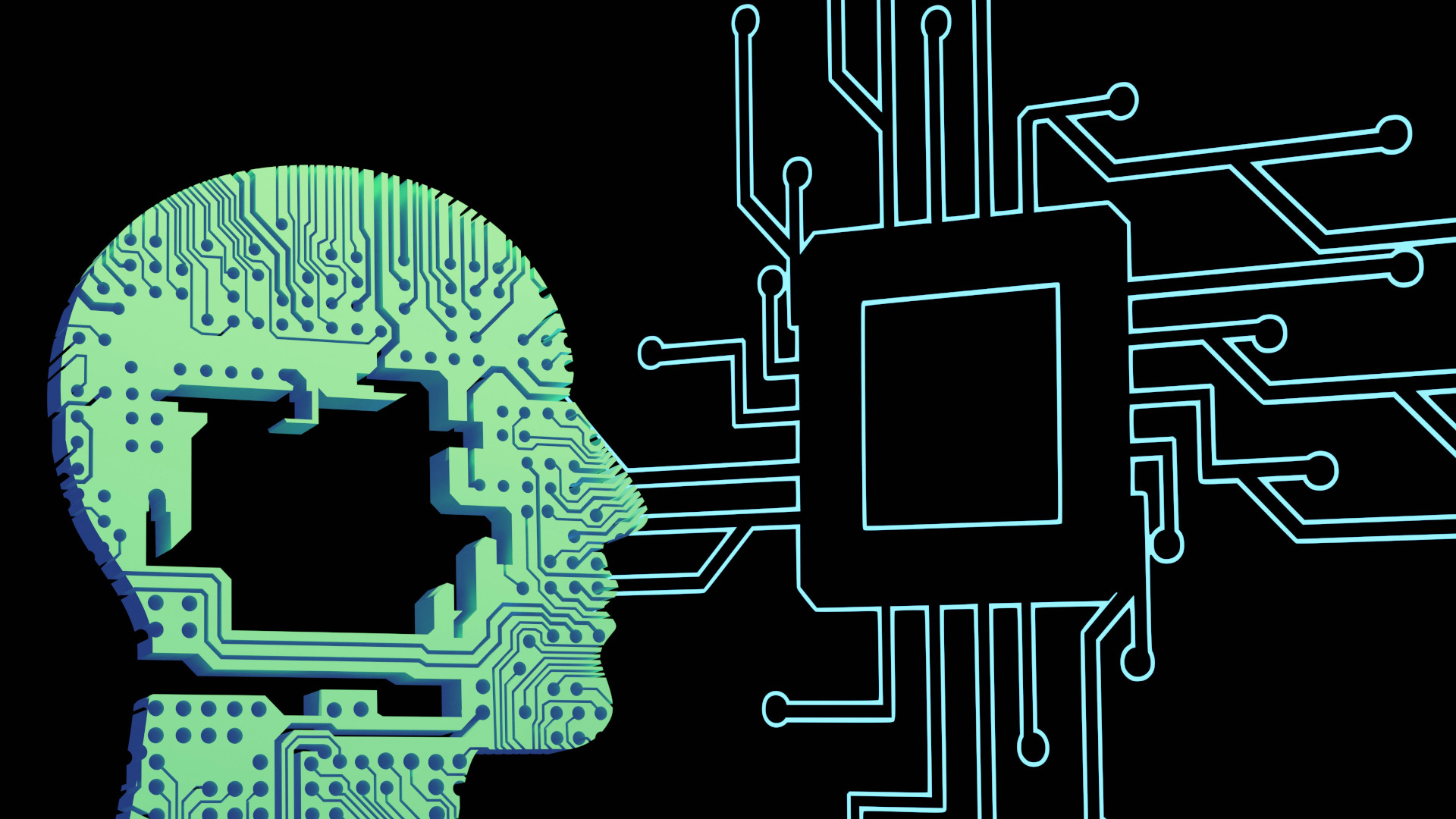Unilever is partnering with IPG Studios, Interpublic Group’s creative production arm, to create 21 AI-powered design studios around the world. Branded as Sketch Pro, these in-house hubs will serve as creative support centres to speed up the process of content creation for Unilever’s home and cleaning brands like Persil, Comfort, Cif, and Domestos.
Set to launch across global markets by 2026, the Sketch Pro initiative indicates that Unilever is prioritising a shift toward faster production in its graphic design. It does however insist that AI will support – not replace – creative professionals. “This integration allows us to create compelling, culturally relevant content at speed,” said Sebastiano Mura, head of business leadership at IPG Studios EMEA.
Using AI tools like Adobe Firefly and Google Veo3, these studios can deliver high-quality visuals up to three times faster than conventional methods. Sketch Pro can produce test-ready concepts in just two hours.

A focus on AI and humans working together
Despite concerns about AI disrupting and even replacing creative jobs, Unilever insists that Sketch Pro is designed to complement human creativity. Each studio includes teams of graphic designers, motion designers and project managers employed by IPG Studios – not Unilever itself.
Unilever’s global marketing director, Mario Dughi, has stated that Sketch Pro will “never be responsible for creating new design and brand worlds for our brands.” Instead, the goal is to “enhance the workflow by allowing external creative agencies to focus on strategic brand building”, while Sketch Pro handles turning out content more quickly across different platforms.
Currently, a full-scale 12-person Sketch Pro team is operating in London, with smaller teams active in Jakarta, São Paulo and Mumbai. Upcoming locations include Istanbul, Durban, and Shanghai.
IPG Studios brings significant reach to the partnership, with over 1,300 staff across 120 countries, supported by Interpublic Group’s broader network of 51,000 employees.
Causing anxiety in the creative industries
The launch of Sketch Pro comes amid rising anxiety about AI's impact on creative professions. The World Economic Forum’s 2024 Future of Jobs Report listed graphic design among the top 15 most at-risk careers over the next five years, citing AI’s growing ability to perform knowledge-based tasks. Unilever insists AI won't replace human creation, and is instead using it to “elevate design capabilities.” The move has however sparked both intrigue and anxiety in the creative industry, and understandably so. With AI being able to produce so much work in such little time, and with so many brands prioritising profit and efficiency above all else, it raises a very real question: is this the beginning of the end for graphic designers and authentically human-produced work? The answer isn't simple.
Our perspective: why AI can’t replace a designer’s eye
As an agency, we've got decades of experience in the graphic design industry, and we’ve seen it evolve in profound ways. From the slow, clunky workflows of the early 2000s to the high-speed, high-efficiency tools we rely on today. Back then, producing a multi-page layout in QuarkXPress on an Apple G3 running OS9 could take a full day. Now, that same job can be done in a couple of hours using InDesign on a modern iMac.
Over the years, the world of graphic design has always focused on doing things more quickly, without sacrificing quality. AI is simply the next stage of this evolution, and almost turbo-charges expectations.
Used wisely, AI is a useful tool for heavy lifting. It reduces the manual load of repetitive tasks like admin, formatting and versioning. But when it comes to creating artwork, digital or branding visuals, AI should never be left to operate unchecked. Design isn't just about generating output – it's about knowing when that output is right. That judgement call requires a human eye, creative intuition, and a deep understanding of the client you're working for.
The risks of prioritising speed
AI-driven design tools are highly unpredictable, as they rely on prompts, and don't think about the reasoning behind why they're doing something. Without a skilled designer reviewing and refining the results, what gets produced can be riddled with errors, inconsistencies, or tone-deaf visuals.
We’ve seen this pattern before: companies discover a new cost-saving tool, overuse the loophole, and then learn the hard way that efficiency without oversight leads to brand damage, not just budget savings. We expect the same will happen with AI. Over time, there will be a natural rebalancing in which businesses realise that while AI can assist, it cannot replace creative professionals.
No matter how fast the tools become, some things don’t change: creative quality still requires effort, skill, and a human brain. When it comes to high levels of creative skill, shortcuts can't be taken. That’s where we believe AI fits best: not as a replacement, but as an assistant in the creative process.
Companies that get this right and treat AI as a collaborator rather than a substitute will come out stronger. The rest may save money in the short term, but they’ll pay the price in brand perception, consistency, and creative integrity.








